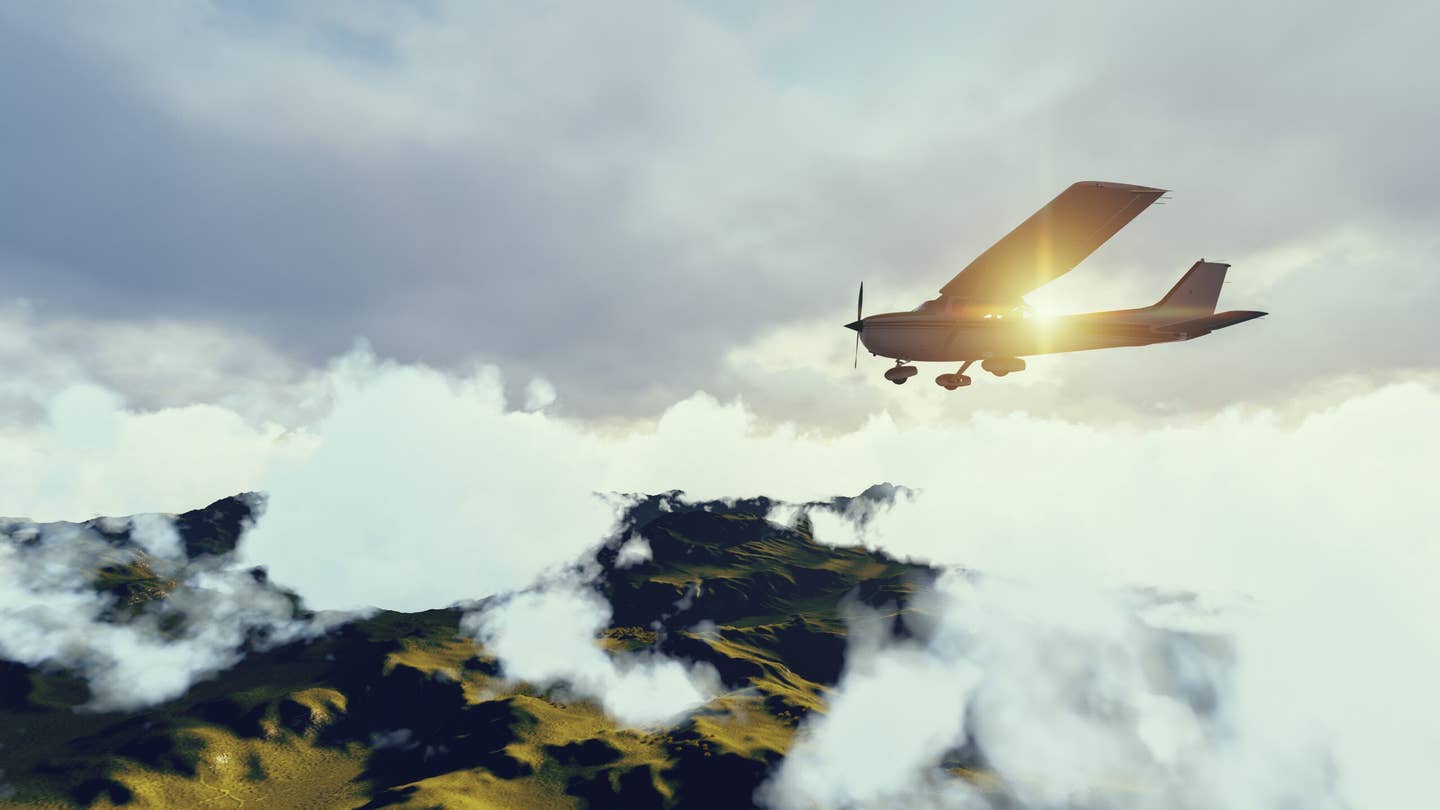When Is It OK to Perform Unexpected Maneuvers in the Pattern?
Here’s what you should know about creating space between aircraft through S-turns and 360-degree turns.

S-turns and 360-degree turns are methods of creating space between aircraft. [Credit: Adobe Stock]
Question: I am a post-solo student pilot and when I was flying in the pattern at a towered airport, the controller told me to do S-turns on downwind for spacing. I had never done them before and told the controller that I didn't know how to do them. The controller got a little upset with me, which confused me. I thought you weren't supposed to do unexpected maneuvers in the pattern?
Answer: In the scenario you described and since ATC asked you to do the maneuver in the pattern, it's not unexpected.
- READ MORE: What Are Echo Tops?
S-turns and 360-degree turns are methods of creating space between aircraft. This keeps you from overtaking another, most likely slower, aircraft. It's similar to the way bands march in place for a few minutes during parades to create more space between them and the parade floats, horses, or other bands ahead of them. At a towered airport, if the controller tells you to do this, they are trying to create space between you and the aircraft you are following.
While in the pattern, listen carefully for what kind of aircraft you are sharing space with. If you are flying a Cessna 182 or a twin and there is a slower aircraft like a Cessna Skycatcher or Piper Cub ahead of you, you're probably going to need to slow down.
- READ MORE: What to Do When You Lose Your Logbook
At all times it is up to the pilot in command (PIC) to determine if it is safe to do these maneuvers If ATC asks you to do a 360-degree turn and there is an aircraft in the way, don't do it and advise "unable." At a nontowered airport, 360-degree turns in the pattern are a little dicey. A better option is to depart the pattern and reenter on the 45.

Sign-up for newsletters & special offers!
Get the latest FLYING stories & special offers delivered directly to your inbox






